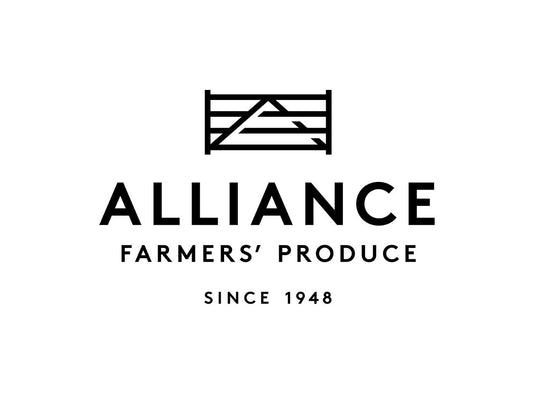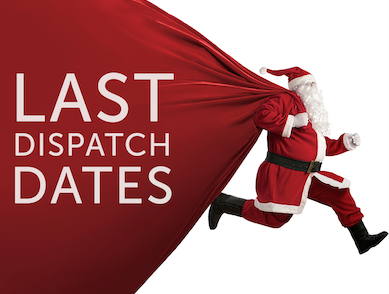
"DON'T LET THE NUMBERS FOOL YOU"
Raw data (actual weights and scan traits) are part of the history of performance recording and analysis, but now, because of advances in technology and the development of EBVs and genomics, raw data is vital for informing breeding values - but certainly has no value on its own. An impressive weight on a bull at a particular time, does not tell us anything about the future performance of his progeny – it just tells us that he has been fed and managed well, up to that point in time. Its breeding value for growth however, tells us how he performed compared to his peers that were all fed and managed exactly the same. A difference of 10kg in the 400-Day-Weight breeding value between Bull A and Bull B, tells us that the progeny of Bull A will be on average 5kg heavier than the progeny of Bull B. Now we are talking about his genetic potential, and not the ability of the stud breeder to simply manage his own weight gain before sale day.
While it's common for studs to use geographic location and altitude as a main talking point of environment, the reality is a bull's 'environment' takes into account every outside influence in its life, including mob size and stocking rate, group hierarchy, feed type and availability and how animals are handled. Even a mob that may have had a broken trough for a day or two before being fixed has had its own environmental pressure. This is why individual mobs are submitted in separate performance groups, as even on the same farm they have had different challenges. EBVs were developed to remove the environmental influence so animals can be compared between groups on the same stud and even in different studs throughout the country, no matter what outside influences they’ve had.
With the higher value of stud animals, a lot of breeders have the luxury of making more money with a lower stocking rate and this is where we come to raw data. A cow herd weaning calves at over 400kg and getting 100% in calf, while an achievement in its own right, isn’t necessarily a high growth or high fertility herd. Raw data is representative of the animals environment, a lot more than its genetic value. We are seeing bulls with IMF scans above 5 and EBVs below 1 and people unfortunately are buying these animals thinking they will get an improvement. This is extremely misleading and unfortunately it is the commercial farmers that are losing in this transaction.
A simple way to tell if your buying an animal's feeding or its breeding is to compare local calf sale weights and what the commercial farmers are averaging, to your stud breeder. They should be within a stones throw of one another. I believe it’s the stud breeder's job to put more pressure on animals than the farms their off-spring will be raised on - that way if the best animals make the sale the bull buyers are never being let down.
While I'm very critical and cynical of raw data, it still does have a place, and that’s for any trait we currently don’t have an EBV for in NZ, as it’s the best information we have; for example structural assessments.
The important message that needs to get through to commercial farmers is that they are not buying the bull for his own performance, they are buying him for the future performance of his progeny and therefore his genetic package. The only way to predict his genetic package is to utilise his breeding values, not his raw data. This bull buying season, if are wanting genetics to help increase profitability and you hear, “don’t let the numbers fool you” ring out, shift your attention to the raw data. That’s the only numbers that could fool you.
Author:
Will Wilding, Te Mania Angus



